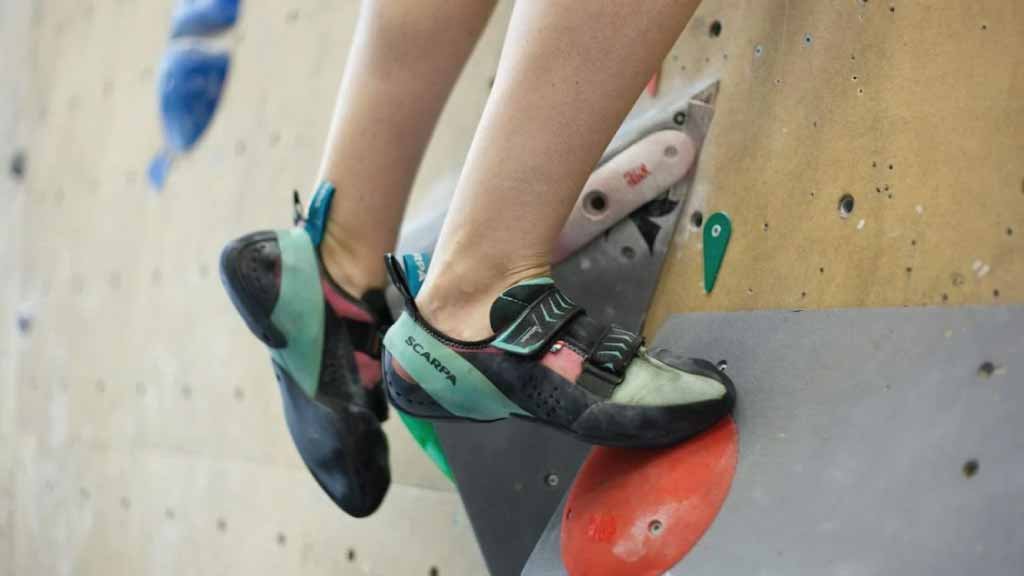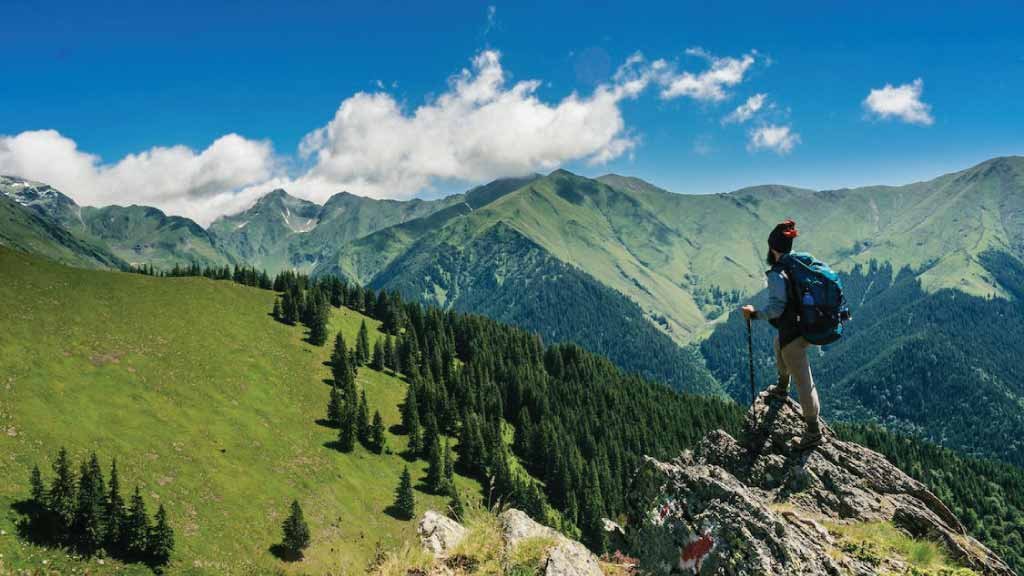Embarking on the journey of mountain climbing is not just about scaling heights, it’s a profound experience that tests one’s physical strength, mental endurance, and strategic planning. As avid mountain climbers ourselves, we understand the allure and challenges of this exhilarating pursuit. In this comprehensive guide, we delve into the intricacies of mountain climbing, offering insights, tips, and recommendations to help you conquer the heights with confidence and safety.
Understanding the Terrain
Before setting foot on any mountain, it’s crucial to thoroughly understand the terrain you will be navigating. Mountains vary vastly in terms of altitude, climate, topography, and difficulty levels. Whether you’re tackling a gentle slope or a rugged peak, conducting thorough research and gathering information about the mountain’s characteristics is essential. Websites like Mountain Project and SummitPost provide valuable insights, including route descriptions, elevation profiles, and user reviews, helping you plan your expedition effectively.
Essential Gear and Equipment
Equipping yourself with the right gear and equipment can make all the difference between a successful climb and a perilous adventure. Quality gear is paramount for safety and comfort in the challenging mountain environment. From sturdy hiking boots and technical clothing to climbing ropes and carabiners, each piece of equipment plays a crucial role in ensuring your safety and facilitating your ascent. Invest in reliable brands and prioritize durability and functionality when selecting your gear.
Physical Preparation and Training
Mountain climbing demands peak physical fitness and stamina. Engage in a comprehensive training regimen that includes cardiovascular exercises, strength training, and endurance workouts to build muscle strength and cardiovascular endurance. Incorporate activities such as hiking, rock climbing, and trail running into your routine to simulate the challenges of mountain terrain. Additionally, focus on flexibility and balance through activities like yoga and Pilates to enhance your agility and coordination on the mountainside.
Mental Resilience and Psychological Preparation
Beyond physical prowess, mountain climbing requires mental resilience and psychological preparedness. Facing unpredictable weather conditions, navigating treacherous terrain, and overcoming moments of fear and doubt are all part of the climbing experience. Cultivate a positive mindset, practice mindfulness techniques, and visualize success to stay focused and motivated during challenging moments. Embrace the spirit of adventure, adaptability, and perseverance as you embark on your mountain climbing journey.
Safety Protocols and Risk Management
Safety should always be the top priority when engaging in mountain climbing activities. Familiarize yourself with safety protocols and risk management strategies to mitigate potential hazards and minimize the likelihood of accidents or injuries. Conduct thorough route planning and weather assessment, communicate your itinerary with trusted contacts, and adhere to established safety guidelines at all times. Additionally, consider enrolling in mountaineering courses or hiring experienced guides for technical climbs to enhance your skills and safety awareness.
Environmental Responsibility
As stewards of the natural environment, it’s imperative to practice environmental responsibility and leave no trace principles while engaging in mountain climbing activities. Respect wildlife habitats, minimize your ecological footprint, and pack out all trash and waste from the mountain. Follow designated trails, avoid disturbing fragile ecosystems, and prioritize conservation efforts to preserve the beauty and integrity of our natural landscapes for future generations of climbers to enjoy.

Exploring Different Climbing Techniques
As you progress in your mountain climbing journey, exploring various climbing techniques can enhance your skills and versatility on different types of terrain. Whether you are tackling rock faces, ice walls, or mixed routes, mastering techniques such as belaying, lead climbing, and anchor building can improve your efficiency and safety while ascending. Consider taking specialized courses or workshops to learn advanced techniques and refine your climbing abilities under expert guidance.
Building Strength and Endurance
Building and maintaining strength and endurance are ongoing endeavors for mountain climbers. Incorporate cross-training activities into your routine to target different muscle groups and prevent overuse injuries. Activities such as swimming, cycling, and yoga can complement your climbing training regimen by promoting overall fitness, flexibility, and mental focus. Additionally, prioritize rest and recovery to allow your body to recuperate and adapt to the physical demands of climbing.
Navigating High Altitudes
Climbing at high altitudes presents unique challenges due to decreased oxygen levels and harsh environmental conditions. Acclimatization is essential for adapting to high altitude environments and reducing the risk of altitude-related illnesses such as altitude sickness and hypoxia. Gradually ascend to higher elevations, stay hydrated, and listen to your body’s signals to avoid pushing beyond your limits. Familiarize yourself with the symptoms of altitude sickness and be prepared to descend if necessary for your safety.
Embracing the Spirit of Adventure
Beyond the technical aspects of climbing, embracing the spirit of adventure is at the heart of every mountain climbing endeavor. Explore new destinations, challenge yourself with diverse routes, and immerse yourself in the awe-inspiring beauty of nature’s grandeur. Whether you are scaling towering peaks in the Himalayas, navigating alpine ridges in the Rockies, or bouldering in picturesque valleys, each climb offers a unique opportunity for self discovery, growth, and connection with the natural world.
Conclusion about Mountain Climbing
Embarking on the exhilarating journey of mountain climbing offers unparalleled rewards and challenges for outdoor enthusiasts. By understanding the terrain, equipping yourself with the right gear, undergoing physical and mental preparation, prioritizing safety protocols, and embracing environmental responsibility, you can embark on your climbing adventures with confidence, competence, and respect for the mountains. Remember, the summit is just the beginning of a lifelong love affair with the mountains.

